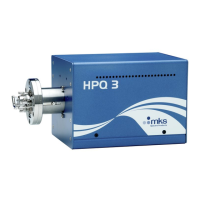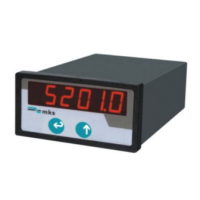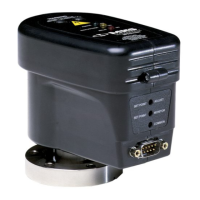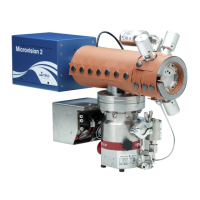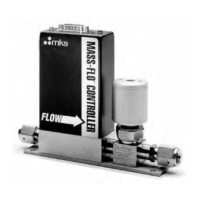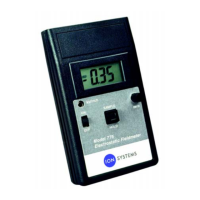What to do if calibrating MKS Measuring Instruments using the CAL resistor?
- RRobert SmithAug 3, 2025
When using the CAL resistor for calibration of MKS Measuring Instruments, adhere to the following guidelines: * Do not exceed the maximum electrical power specified. * Use the resistor solely for calibration purposes. * Turn off the power immediately after calibration. * Avoid operating the calibration resistor when the sensor disc is under radiation to prevent overheating. * To minimize non-linear effects, calibrate electrically at a power level similar to the measurement level, provided the resistor's rating is not exceeded.




